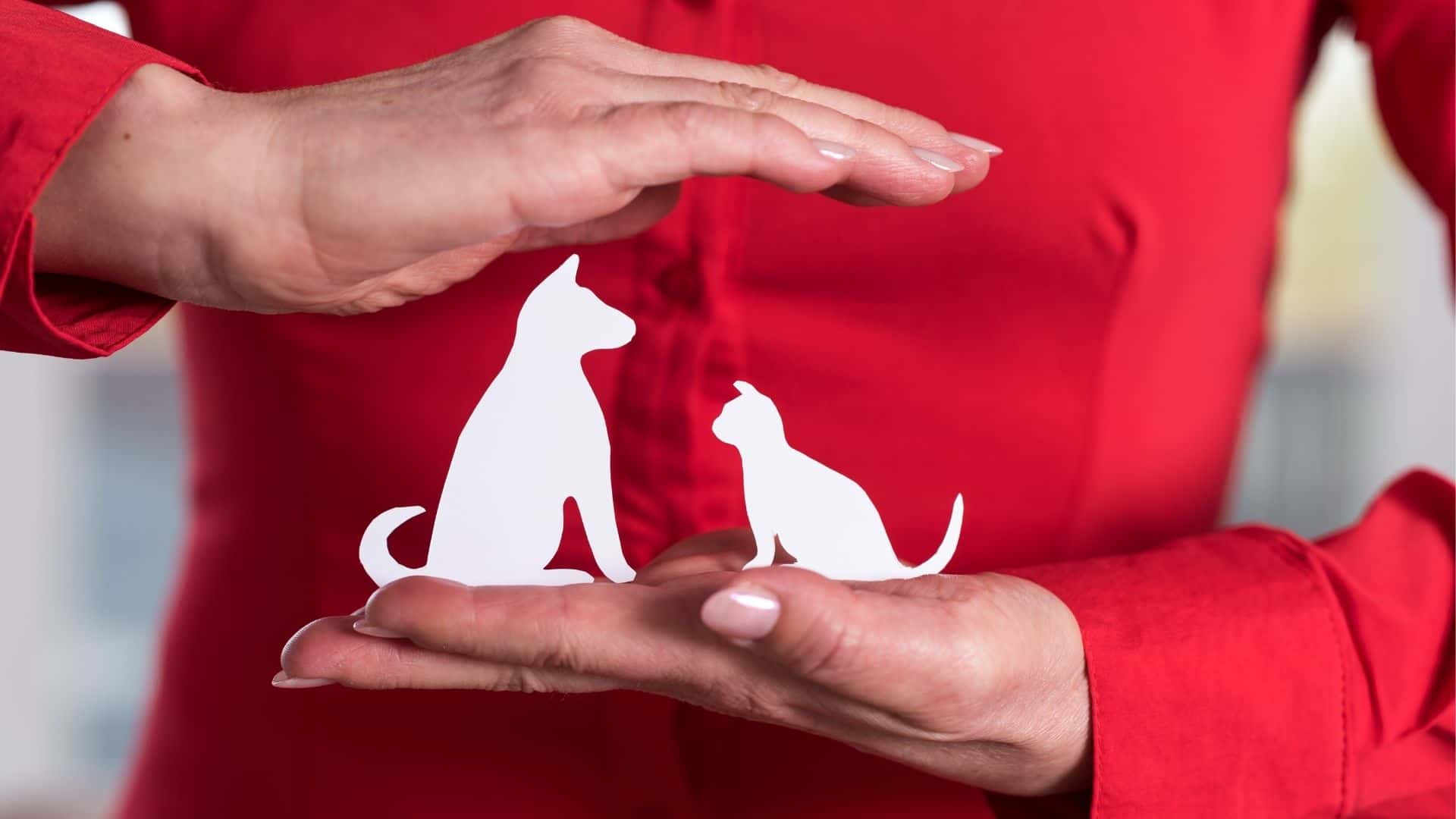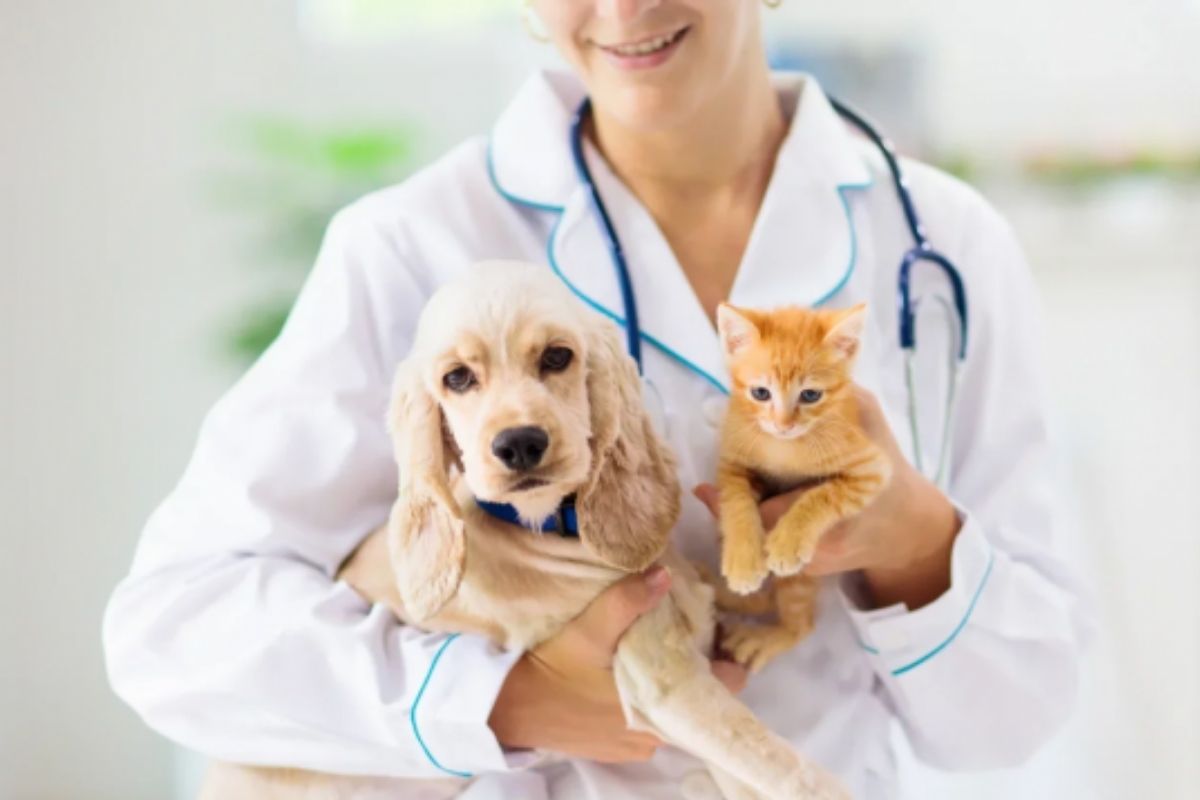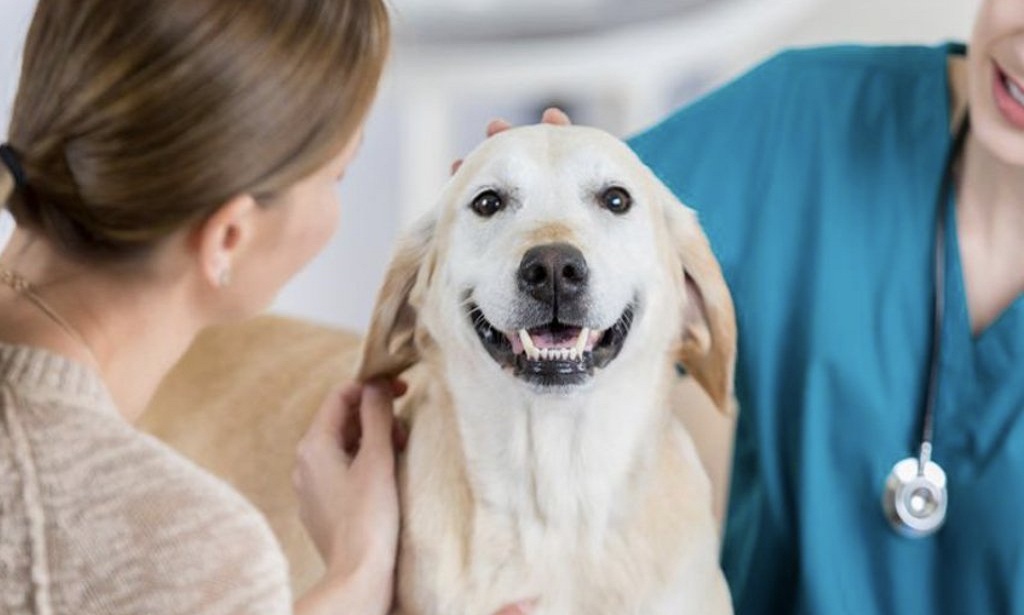How Does Pet Insurance Work & What Does It Cover
Pet insurance guards against unforeseen veterinary bills for pet owners. With the overall growth in healthcare prices, pet healthcare is no exception and according to various pet insurance firms, the average amount of veterinarian care most individuals can afford at any time is just $1.500.

How Does Pet Insurance Work?
Animal insurance helps to lower the financial risk of unforeseen veterinary expenditures. The correct coverage plan can give you invaluable rest and empower your dog or cat to do the right thing.
Pet insurance works most like renter insurance every month. You pay your insurer a monthly premium for coverage. Your insurance will specify the terms and circumstances, the reimbursement rate, your deductible, and the maximum payout (or annual limit).
What is Pet Insurance Covered?
Animal insurance is health coverage that pays a percentage of the medical expenditures of an animal. A complete “nose-to-tail” policy can be purchased that covers a broad range of health issues. For example, if you want to cover accidents, illness, and wellness, Nationwide’s Whole Pet with Wellness Plan addresses these kinds of health problems:
- injuries and accidents such as intoxications, sprains, and ACL ruptures
- Chronic problems like arthritis, allergies, and skin disorders
- Common diseases such as ear infections, vomiting, and diarrhea
- Serious diseases including heart disease, cancer, and diabetes
- Hereditary problems such as eye disorders, hip dysplasia, and blood disturbances
- Diagnoses and testing such as radiation, blood tests, MRIs, CT scans, and ultrasounds
- Operations such as surgery, hospitalization, nursing, endoscopy, and chemotherapy
- Ganzheitliche, alternative methods such as acupuncture, chiropractic, and laser therapy
- Spa treatments like immunization, heartworm/flea, and neuter/spay;
The most expensive plans will be comprehensive pet insurance packages. If you don’t want coverage that covers everything above, you can get a policy with fewer advantages. For example, you can choose insurance that covers accidents and diseases exclusively or coverage that just covers routine veterinary checks and immunizations.

Nancy, our tech-savvy pet parent, explores the latest in pet tech, from smart toys to interactive feeders.



